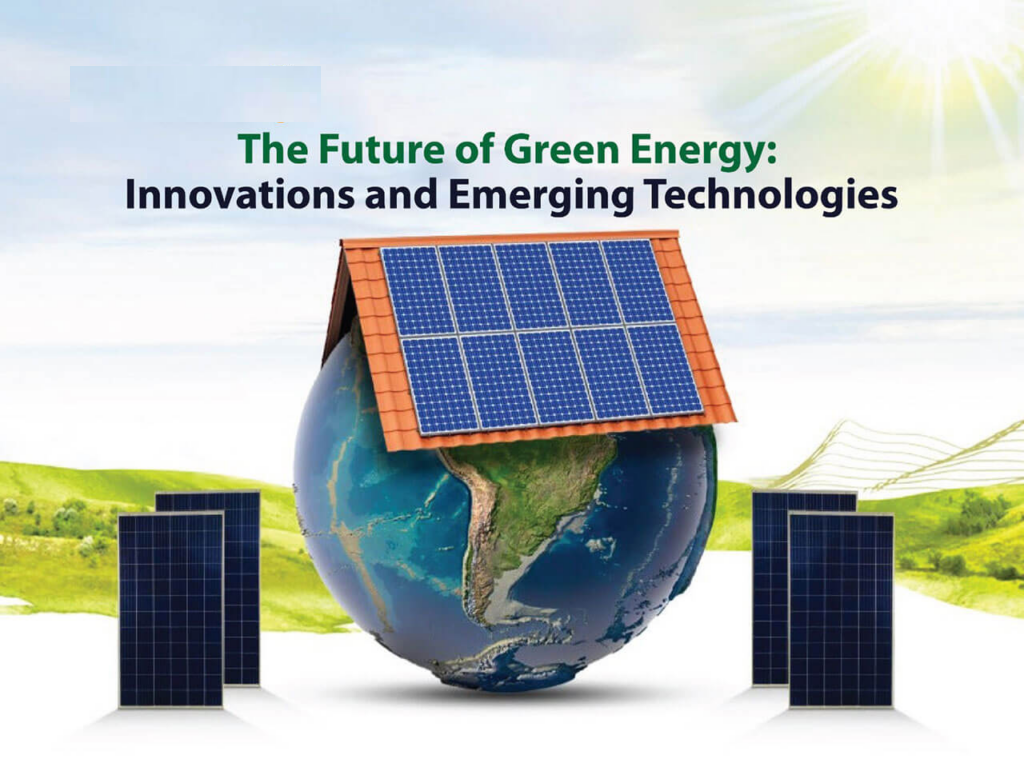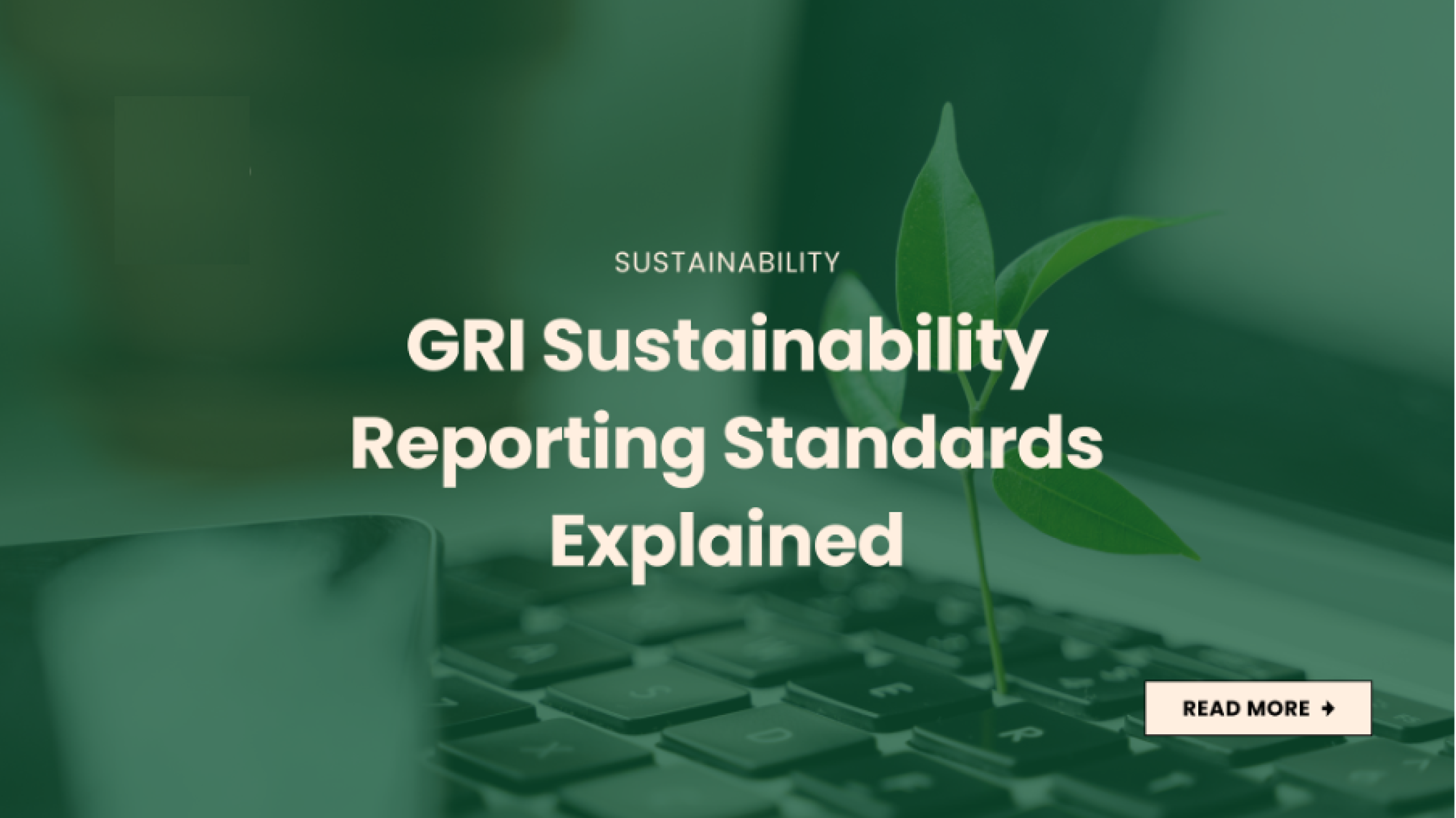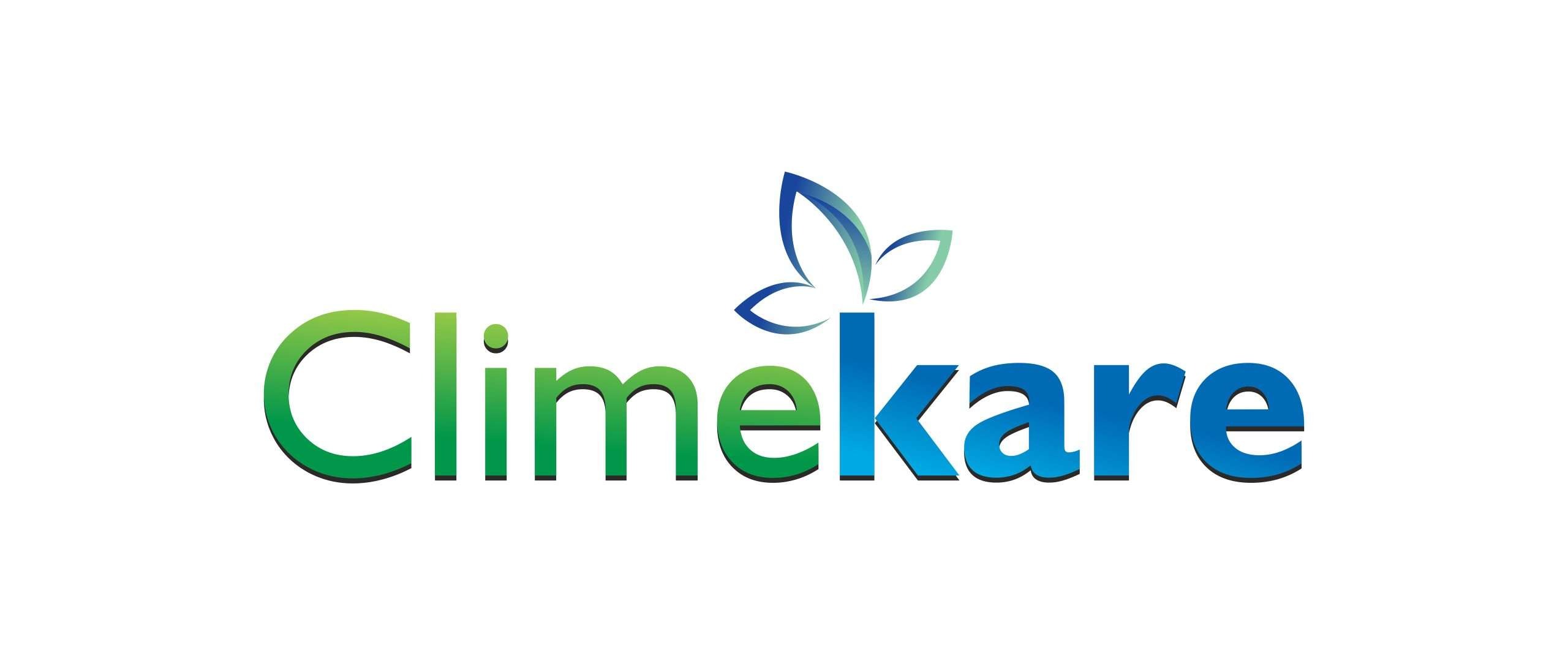In recent years, the transition toward energy efficiency and green energy solutions has gained unprecedented momentum. This shift has been driven by growing global awareness of climate change, corporate sustainability commitments, and the urgent need for climate action. Companies and individuals alike are exploring innovative ways to reduce carbon footprints and contribute to a sustainable future. This blog delves into the latest developments in energy efficiency and green energy solutions, highlighting their transformative impact and the tools that are helping accelerate this change.
The Rising Need for Energy Efficiency
Energy efficiency lies at the heart of sustainability and climate action efforts. It emphasizes optimizing energy usage to reduce waste while maintaining productivity and quality of life. Over the past decade, businesses and governments have launched numerous initiatives to improve energy efficiency across sectors, from manufacturing to residential construction.
One of the most exciting developments is the rise of smart energy systems. These systems use advanced technologies like artificial intelligence (AI) and the Internet of Things (IoT) to monitor and manage energy consumption. Smart grids, for example, allow electricity providers to distribute power more efficiently, reducing energy losses during transmission. Similarly, energy-efficient appliances equipped with IoT sensors can adjust their operation in real-time, minimizing unnecessary energy use.
For corporations, energy efficiency has become a cornerstone of their corporate sustainability strategies. More companies are integrating frameworks like the ESG (Environmental, Social, and Governance) framework into their operations to track and measure energy performance. By prioritizing energy efficiency, businesses not only reduce operational costs but also align with global sustainability goals, enhancing their reputation in the process.
Green Energy Solutions: Innovations Transforming the Landscape
The push for renewable energy has sparked remarkable innovations in green energy solutions. Solar and wind power, once considered alternative energy sources, are now mainstream options for reducing dependency on fossil fuels. Recent advancements have significantly increased the efficiency and affordability of these technologies.
Floating solar farms, for example, are gaining traction in regions with limited land availability. These installations sit on bodies of water and harness sunlight without interfering with valuable agricultural or urban land. Meanwhile, offshore wind farms are being constructed at a larger scale, providing consistent energy output thanks to higher wind speeds over oceans.
Another promising area is energy storage. Battery technology has evolved rapidly, with next-generation lithium-ion batteries and emerging solid-state batteries offering higher capacity and longer lifespans. These advancements are crucial for storing surplus energy generated by renewables, ensuring a steady supply even when the sun isn’t shining or the wind isn’t blowing.
For individuals and businesses aiming to achieve carbon neutrality, tools like the carbon footprint calculator are becoming indispensable. These calculators help users measure their environmental impact and identify areas for improvement. Combined with solutions like carbon offsets, which fund projects such as reforestation or renewable energy development, they make it easier for organizations to achieve their sustainability targets.
Sustainability Reporting: A Catalyst for Climate Action
Transparency in sustainability practices has become increasingly important, leading to the widespread adoption of sustainability reports and frameworks like the GRI Standards (Global Reporting Initiative). These reports enable businesses to communicate their climate action strategies, energy efficiency measures, and progress toward reducing carbon emissions.
The GRI Standards provide a robust framework for companies to track and disclose their environmental sustainability efforts. They ensure that stakeholders, including investors, consumers, and regulators, have access to reliable data about a company’s green initiatives. By leveraging these standards, organizations can demonstrate their commitment to climate action and build trust among their audience.
Similarly, the ESG framework is gaining prominence as businesses align their operations with long-term environmental and social goals. This framework goes beyond energy efficiency and green energy solutions to encompass broader sustainability objectives, including corporate social responsibility (CSR) activities and sustainable agriculture. It encourages companies to adopt a holistic approach to sustainability, addressing environmental, social, and governance issues in tandem.
Why Energy Efficiency and Green Energy Solutions Matter
The developments in energy efficiency and green energy solutions are pivotal to addressing the global climate crisis. As the impacts of climate change intensify, adopting these solutions at scale is no longer optional—it is essential. From reducing operational costs to improving environmental sustainability, these innovations offer immense benefits for businesses, individuals, and society as a whole.
Moreover, tools like carbon footprint calculators and sustainability reporting frameworks are empowering organizations to take actionable steps toward a greener future. By embracing energy efficiency and green energy solutions, we can collectively work toward a low-carbon economy, paving the way for a sustainable planet.
Conclusion
The latest advancements in energy efficiency and green energy solutions underscore the importance of collective action in mitigating climate change. As companies adopt frameworks like the ESG framework and tools like the carbon footprint calculator, they are not only meeting regulatory requirements but also contributing to a sustainable environment.
At ClimeKare, we are committed to being part of this journey, offering insights and tools to help individuals and businesses navigate the path to sustainability. By staying informed and proactive, we can all contribute to a brighter, greener future.





